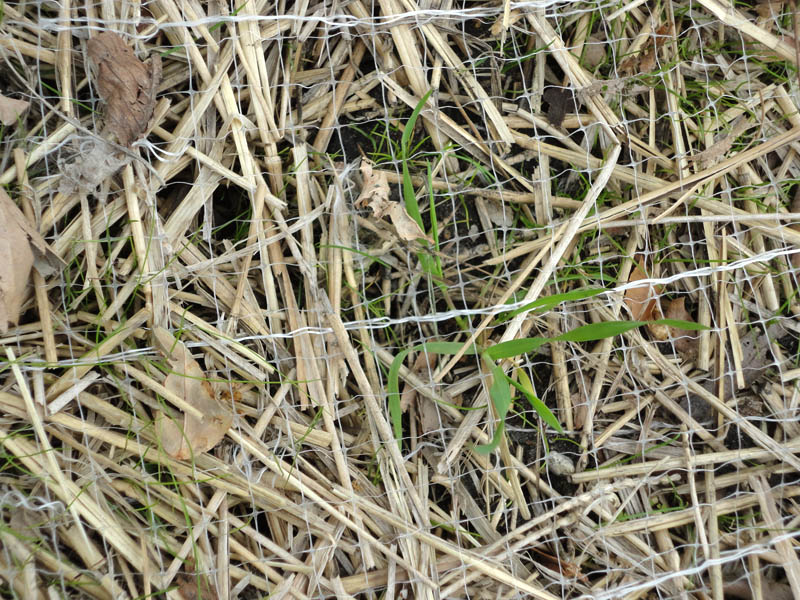The effectiveness of erosion control blanket netting so […]
The effectiveness of erosion control blanket netting solutions is a multifaceted consideration that hinges on various interrelated factors. These factors collectively contribute to the ability of erosion control blankets to mitigate soil erosion, stabilize landscapes, and foster sustainable vegetation growth. Understanding and optimizing these elements are crucial for the successful implementation of erosion control measures in diverse environmental settings.
The choice of blanket material is a fundamental factor influencing effectiveness. Erosion control blankets can be crafted from natural fibers, synthetic materials, or a blend of both. The selection of material affects the blanket's durability, water retention capabilities, and resilience to environmental conditions. The durability of the erosion control blanket is further influenced by the design and strength of the accompanying netting. The netting provides essential support, anchoring the blanket in place and reinforcing its ability to withstand the erosive forces of water flow.

Proper installation techniques are paramount to the overall effectiveness of erosion control blankets. Ensuring a tight and secure attachment to the soil surface, proper anchoring of edges, and eliminating gaps or overlaps are vital considerations during installation. Site-specific conditions, including slope gradient, soil type, and climate, play a significant role in determining the suitability of erosion control measures. Tailoring solutions to the unique characteristics of the site maximizes their efficacy in addressing erosion risks.
The establishment and growth of vegetation are integral to the success of erosion control blanket netting solutions. Plant roots aid in binding the soil, preventing erosion, and the blanket provides a protective environment conducive to seed germination and plant establishment. The synergy between the erosion control blanket and vegetation creates a sustainable ecosystem that enhances stability and resilience against erosive forces.
Effective water management is a critical aspect of erosion control. Adequate water retention within the blanket supports vegetation growth, while proper drainage mechanisms prevent water pooling, which could compromise stability. Balancing these water-related factors ensures optimal conditions for both erosion control and vegetation establishment.
The thickness of the erosion control blanket is a pragmatic consideration. Thicker blankets generally offer more robust protection against erosion and greater resistance to environmental stresses. The appropriate thickness depends on the severity of the erosion risk and the desired level of stabilization for the specific site.
Compatibility with slope conditions is a factor that cannot be overlooked. Steeper slopes may require more specialized erosion control blankets to effectively manage erosion and promote stability. Choosing blankets that align with the topographical characteristics of the site is essential for achieving desired outcomes.
Environmental sustainability is an increasingly significant consideration in erosion control practices. Opting for erosion control blankets made from biodegradable materials contributes to ecological conservation by minimizing the long-term environmental footprint.
Finally, the long-term durability of erosion control blankets is paramount. Materials should withstand weathering, UV exposure, and potential mechanical stresses over an extended period. Investing in high-quality, durable erosion control blankets ensures their longevity and sustained effectiveness in safeguarding landscapes.



 WhatsApp:+8613626888261
WhatsApp:+8613626888261